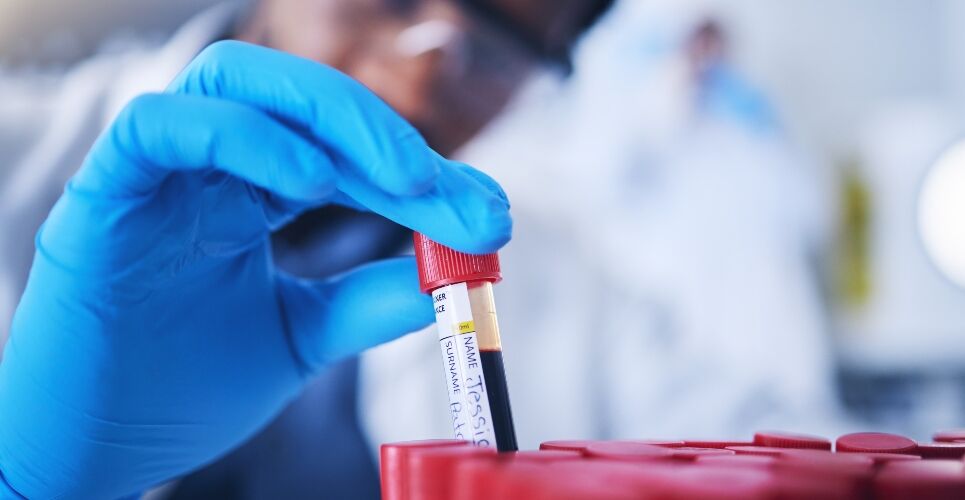Therapeutic drug monitoring (TDM) can be useful in monitoring non-adherence in patients with hypertension to improve blood pressure control. It can also optimise antihypertensive drug (AHD) treatment in specific patient groups, such as female versus male or elderly patients, where their pharmacokinetic parameters are altered.
In a new review article, clinicians at the University Medical Centre Rotterdam examined the challenges around non-adherence and highlighted how TDM can be used to manage hypertension.
AHDs do not usually qualify as optimal candidates for TDM because of their physiological effect, poor correlation between blood concentrations and therapeutic outcomes, and wide therapeutic range. Despite the availability of several categories of AHDs with different drug makeups, a significant proportion of patients with hypertension remains poorly controlled with a ‘one-size fits all’ approach often used, the researchers said.
Optimising therapy with TDM
The review cites research showing that TDM alone will not improve adherence and highlights the need for additional interventions, such as personalised feedback sessions with patients to discuss the results of the AHD concentrations measured by TDM.
TDM of AHDs can also offer benefits in optimising therapy for specific populations. Females exhibit higher peak concentrations of metoprolol and have a higher average exposure time to the drug (area under the curve, AUC) compared to males. However, there have been a limited number of studies that use TDM to investigate the underlying differences in how each sex responds to AHDs, but the work so far shows that TDM for AHDs might be useful.
Another population where TDM is used to optimise AHD treatment is the elderly. Recent work indicates that elderly patients would benefit from lower AHD dosages than are currently available on the market. In addition, further work shows that a population pharmacokinetic model could be used to predict the correct starting dose in elderly patients with hypertension.
Potential for individualised treatment
TDM is perceived as a costly method, however, concentrating measurements in specialist hospitals would cut costs and increase efficiency and expertise, the researchers said.
Having reviewed recent developments, the researchers stated that ‘the journey of AHD TDM is just beginning’. TDM could provide valuable insights into the optimal AHD and dose and offer the potential to individualise treatment, benefitting specific patient groups and helping others adhere to AHD therapy.
Reference
Versmissen, J et al. ‘Under pressure’: The role of therapeutic drug monitoring in the treatment of hypertension. British Journal of Clinical Pharmacology. 2024; 90(8): 1884-1891. doi: 10.1111/bcp.16125doi.org/10.1111/bcp.16125.

